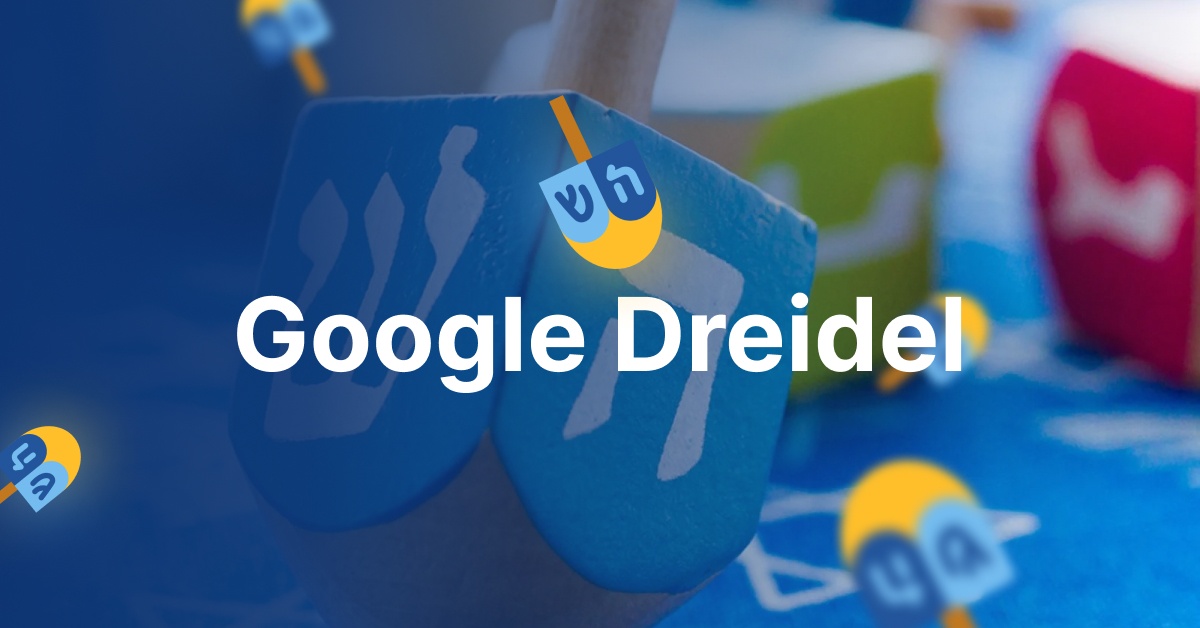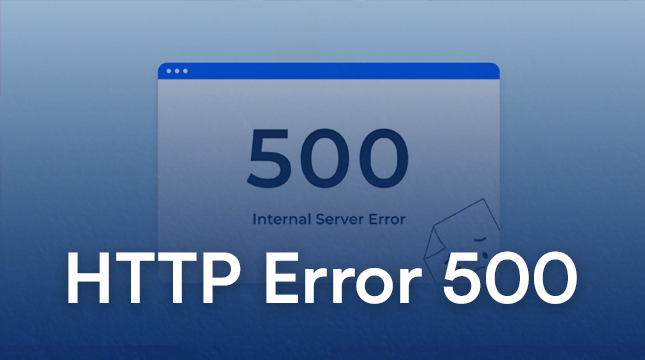This website uses cookies so that we can provide you with the best user experience possible. Cookie information is stored in your browser and performs functions such as recognising you when you return to our website and helping our team to understand which sections of the website you find most interesting and useful.
Google Dreidel: The Digital Version of Hanukkah Spinning Toy

Have you ever heard of “Google Dreidel”? Perhaps you’ve stumbled upon it during your Hanukkah searches, or maybe a friend mentioned it. But what exactly is it, and how does it connect to the traditional dreidel game played during the holiday?
What is a Google Dreidel?
A dreidel is a spinning top with four sides, representing an important symbol in cultural and historical symbol. Each side displays a Hebrew letter: Nun (נ), Gimel (ג), Hey (ה), and Shin (ש). These letters correspond to the initial words of the Hebrew phrase “Nes Gadol Hayah Sham,” meaning “A Great Miracle Happened There,” which relates to the miracles celebrated during Hanukkah. and google dreidel free to Spin
Historical Significance
The dreidel has its roots in the Second Temple period of Jewish history. During times of religious persecution, Jewish people were forbidden from studying their holy texts. To disguise their learning and keep their traditions alive, they would use the dreidel as a seemingly simple game, while secretly teaching Hebrew letters and the story of Hanukkah.
Design and Symbolism of Dreidel
Aside from its historical importance, the dreidel also holds symbolic significance. Its four sides symbolize various outcomes and the element of luck, illustrating life’s unpredictability and the miraculous occurrences of Hanukkah. Moreover, the spinning motion of the dreidel can represent the cyclical passage of time and the continual observance of Jewish customs.
How to Play Dreidel
- Get a dreidel. The type of dreidel you receive is determined by your location. In places outside of Israel, the four letters on the sides of the dreidel are Nun, Gimmel, Hay, and Shin, symbolizing “A Great Miracle Happened There,” in reference to the oil miracle. However, in Israel, where the miracle occurred, the dreidel features the letters Nun, Gimmel, Hay, and Pey, representing “A Great Miracle Happened Here.
- Gather friends. You can play with as few as two, and more
Share tokens equally among all players. The tokens could be various small items like pennies, nuts, raisins, matchsticks, etc. Many people opt for using gelt. - Ante up. Before each spin, players put one token in the middle of the circle to create “the pot.” Every time the pot is emptied, or there’s only one token left, every player should put a token in the pot.
- Take turns spinning the dreidel. When it’s your turn, spin the dreidel once. The letter which comes up once it stops spinning determines whether you win, lose, or draw. According to the letter appearing, the player should perform the following action:
-
- Shin (“shtel” or “put in” in Yiddish) – Put one more token in the pot.
- Nun (“nisht”or “nothing” (in Yiddish) – Do nothing.
- Gimmel (“gantz”or “everything” in Yiddish) – Take all tokens from the pot.
- Hay (“halb”or “half” in Yiddish) – Take half of all tokens lying in the pot. In case of an odd number of tokens, round up.
- If you run out of tokens, you are either “out,” or you may ask another player for a loan.
-
- Pass the dreidel on to the next player.
- Keep playing until someone wins by collecting all the tokens.
Gameplay Mechanics in Google Dreidel:
- Place all the tokens in the center pot.(Click Here)
- Players take turns spinning the dreidel.
- Depending on which letter the dreidel lands on, the player takes the following action:
- Nun (נ): Do nothing.
- Gimel (ג): Take all the tokens from the pot.
- Hey (ה): Take half the tokens from the pot (round up if the number is odd).
- Shin (ש): Add one token to the pot.
- The game continues until one player has collected all the tokens.
Features of Google Dreidel:
- Interactive Design: Spin the dreidel on your screen with a simple click or swipe.
- Educational Elements: Learn about the history and meaning of the dreidel while playing.
- Cultural Connection: Immerse yourself in the festive spirit of Hanukkah with fun sound effects and animations.
The History of Dreidel:
Ancient Beginnings: While the precise origins of the dreidel remain somewhat unclear, it is believed to have evolved from spinning games that were played in ancient times by different cultures.
Development of the Tradition: As time passed, the dreidel acquired its distinct shape and significance within the Jewish community, emerging as a powerful symbol of resilience and the preservation of culture.
Variations of Dreidel Gameplay:
Ancient Beginnings: While the precise origins of the dreidel remain somewhat unclear, it is believed to have evolved from spinning games that were played in ancient times by different cultures.
Development of the Tradition: As time passed, the dreidel acquired its distinct shape and significance within the Jewish community, emerging as a powerful symbol of resilience and the preservation of culture.
Conclusion

Let's Start Your Project
Get free consultation for your digital product idea to turn it into reality!
Get Started






